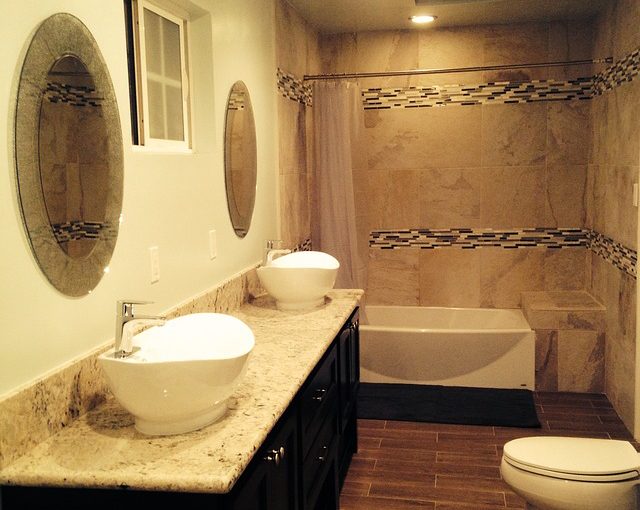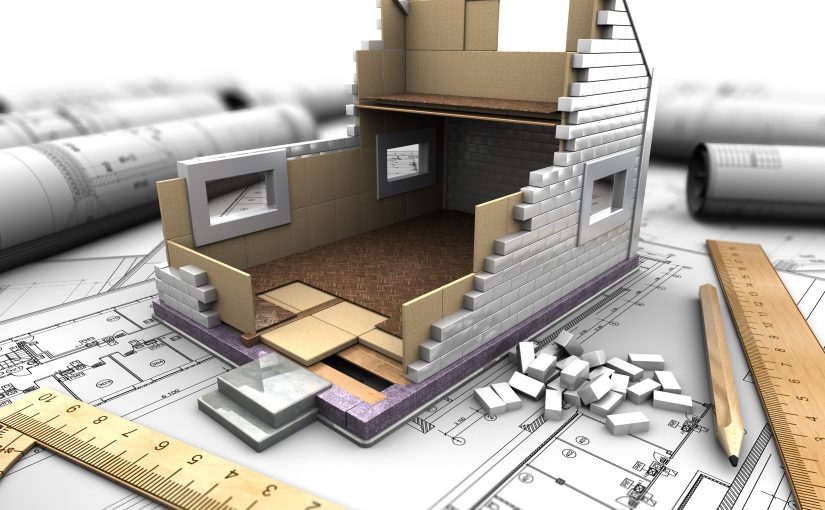Try These Budget Friendly Bathroom Upgrades For A Luxurious Bath!

Home website Houzz polled users and asked what bathroom upgrades they most desired. Many of the answers were both luxurious and affordable (like skylights and double-flush toilets). Others were downright easy, such as towel warmers and foot rests in the shower. Here are five hot bathroom improvement trends and some ideas for incorporating them into your home:
1. Skylights
Many Houzz respondents said they would like a skylight in their bathroom. They’re definitely on to something. In rooms where privacy is a concern, skylights can provide both natural light and ventilation without exposing your personal business to the neighbors. They’re both beautiful – endowing bathrooms with a major “wow” factor – and practical; Energy Star-qualified no-leak, solar-powered fresh-air skylights can help trim electricity costs by providing natural light and passively venting moist, warm air from the room. Install solar-powered skylights and blinds, and the cost of the products, as well as the installation, can qualify for a 30 percent federal tax credit.
2. Lighted vanity mirror
In keeping with the lighting theme, 41 percent said they would like a lighted vanity mirror. Home improvement stores, design studios and online retailers carry a wide variety of options in shapes, sizes, styles and light sources (LED, CFL or incandescent) to suit virtually every taste. Because installing a lighted vanity mirror is a simple do-it-yourself job, it’s also a very low-cost improvement that has a big impact on a bathroom’s appearance and usability. With such a huge variety, it’s possible to find a mirror that will fit your budget, whether it’s less than $100 or more than $1,000.
3. Double-flush toilet
The ongoing trend of making homes greener may have helped inspire the 23 percent of Houzz fans who said they want a double-flush toilet. Dual-flush toilets allow you to use only the water you need to get the job done – less for liquid waste, more for solids – so they contribute to a home’s overall footprint and can help trim water bills. It’s possible to find dual-flush options for less than $250, so they’re a lower-cost upgrade to begin with. They’re even more cost-effective when installed by a savvy DIYer.
4. Towel warmers
Who doesn’t love the comforting warmth of a towel fresh out of the dryer? Towel warmers deliver that effect without the hassle and expense of running the dryer. Wall-mounted or free-standing, plug-in or hard-wired, all towel warmers work the same way; heated bars warm towels hung on the rack, providing a cozy, warm towel every time you bathe. Plug-in versions install easily, while hard-wired ones may require professional installation. Prices can range from less than $100 to more than $600, depending on the style and features you choose.
5. Shower foot rest
Clearly, this is one improvement that most benefits the women in a home, but 10 percent of those polled by Houzz said they wanted a foot rest in the shower. This one is such an economical improvement, you may wonder why anyone wouldn’t do it. Some suction-cup styles cost under $20. For a more refined look or enhanced sturdiness, it’s possible to find one that anchors into the wall through screws, or a style built into shower surrounds. If you’re redoing your shower stall, it’s the perfect time to add a stylish, sturdy foot rest.
Ready to transform your bath into a luxurious spa? Contact us today for a free estimate!

















